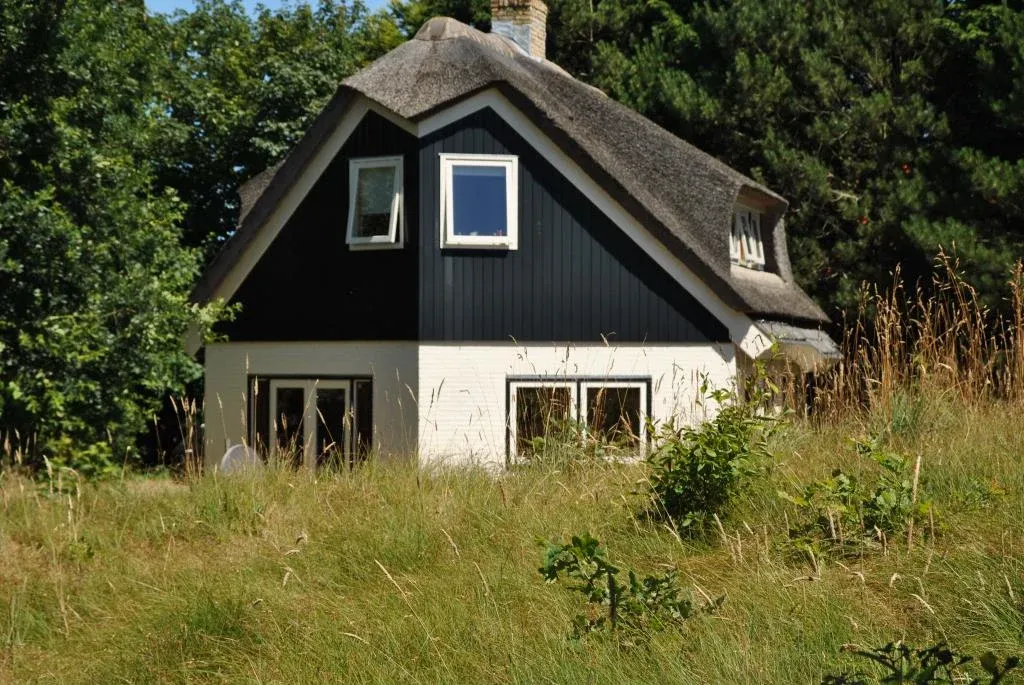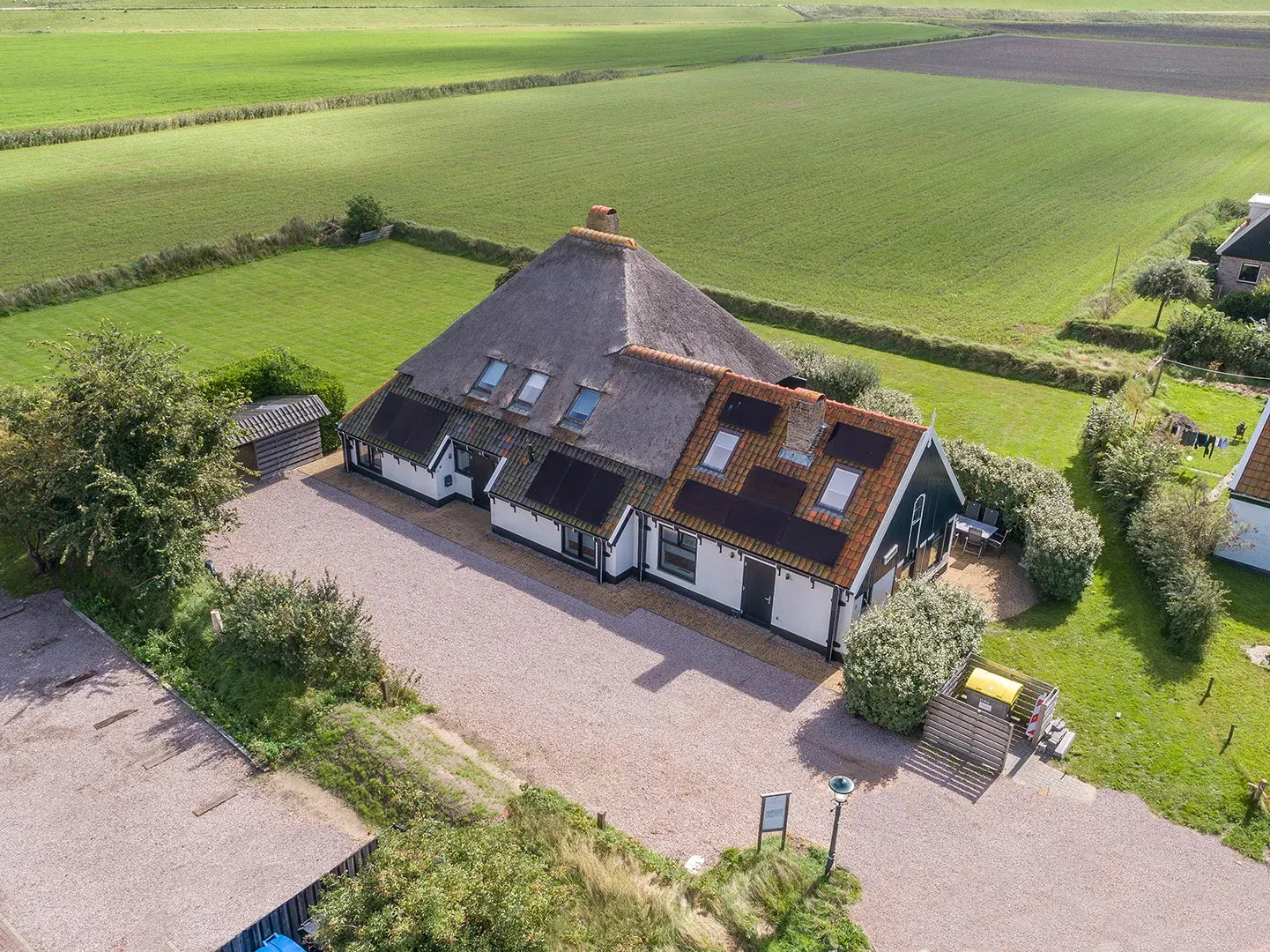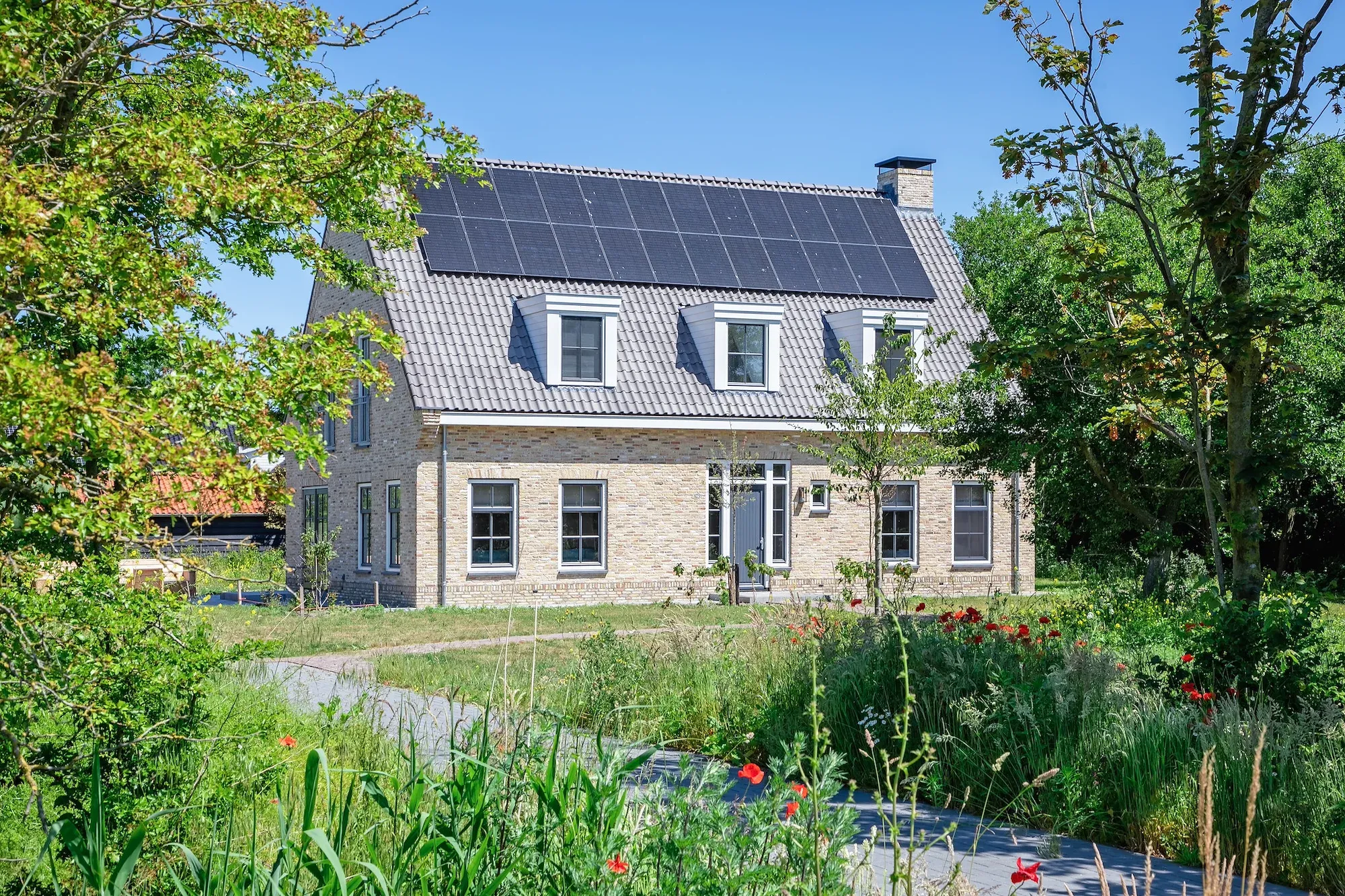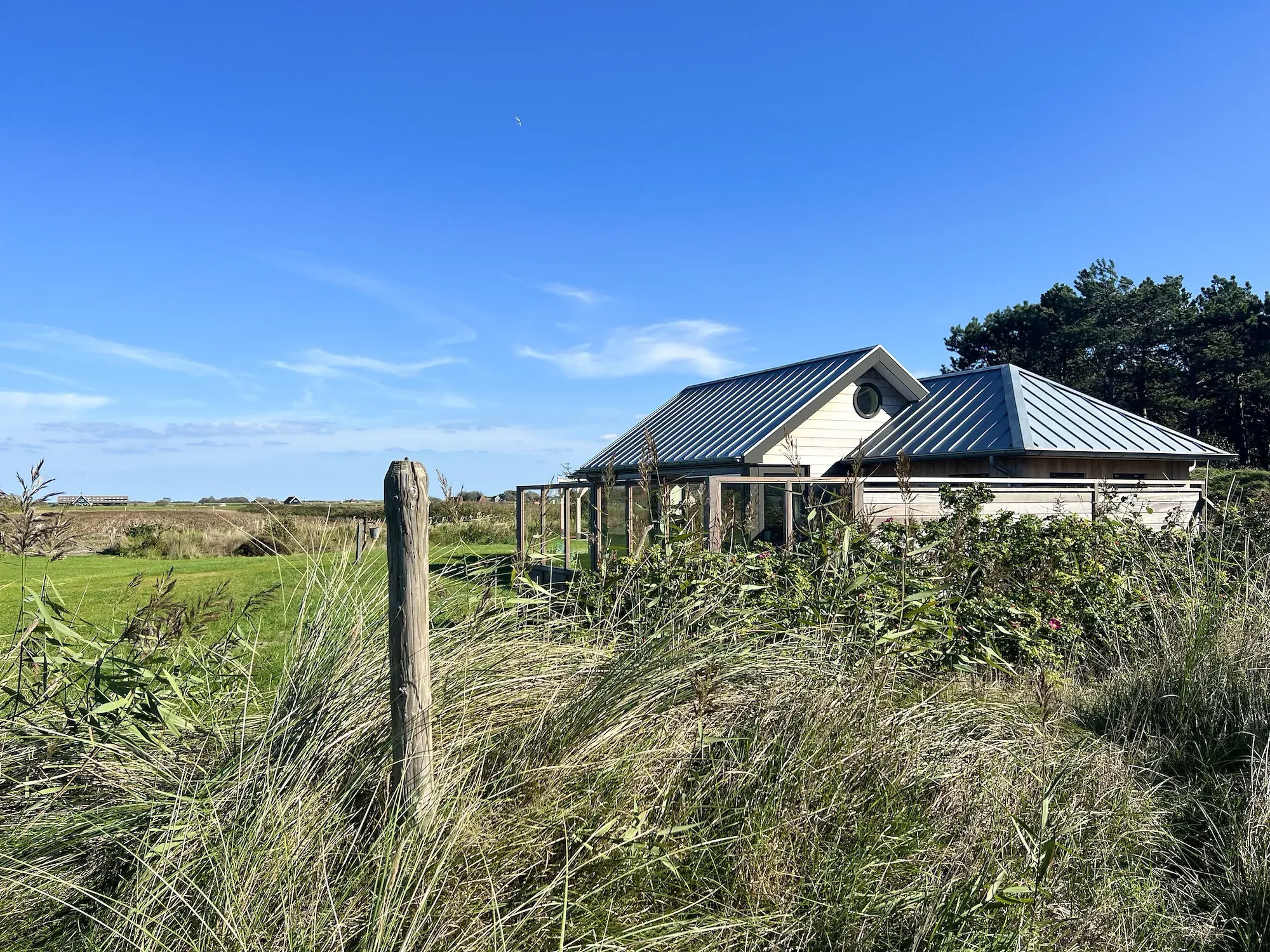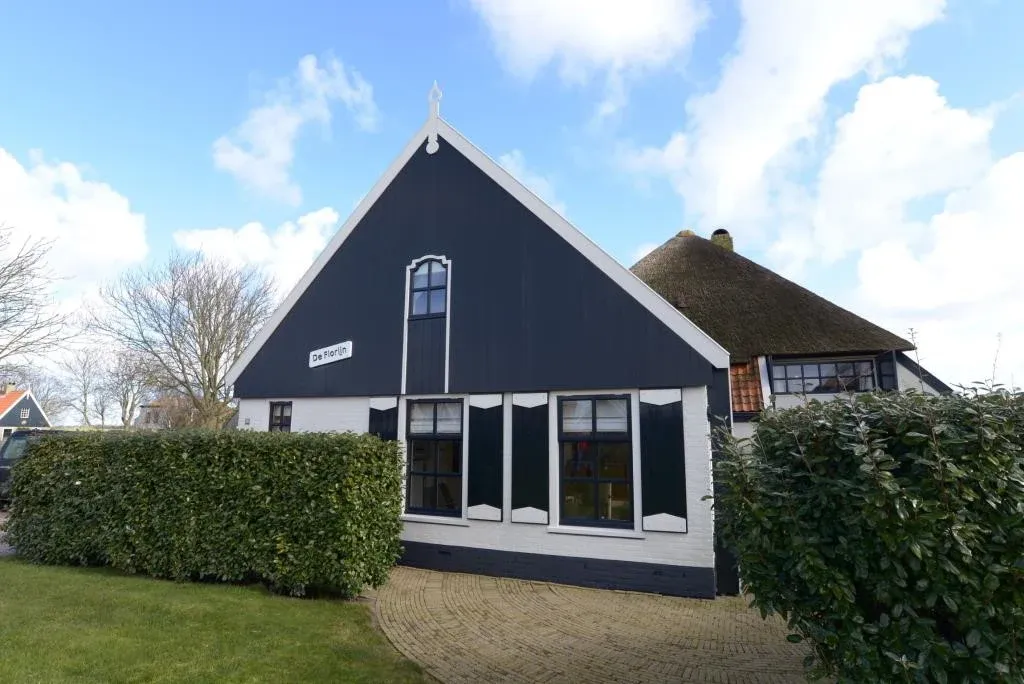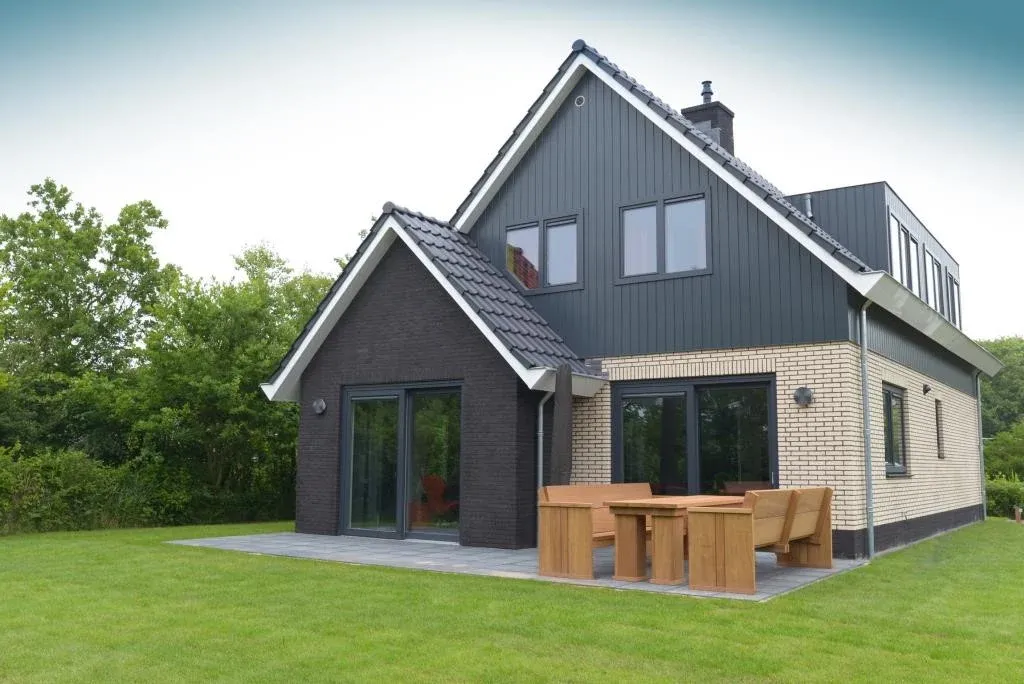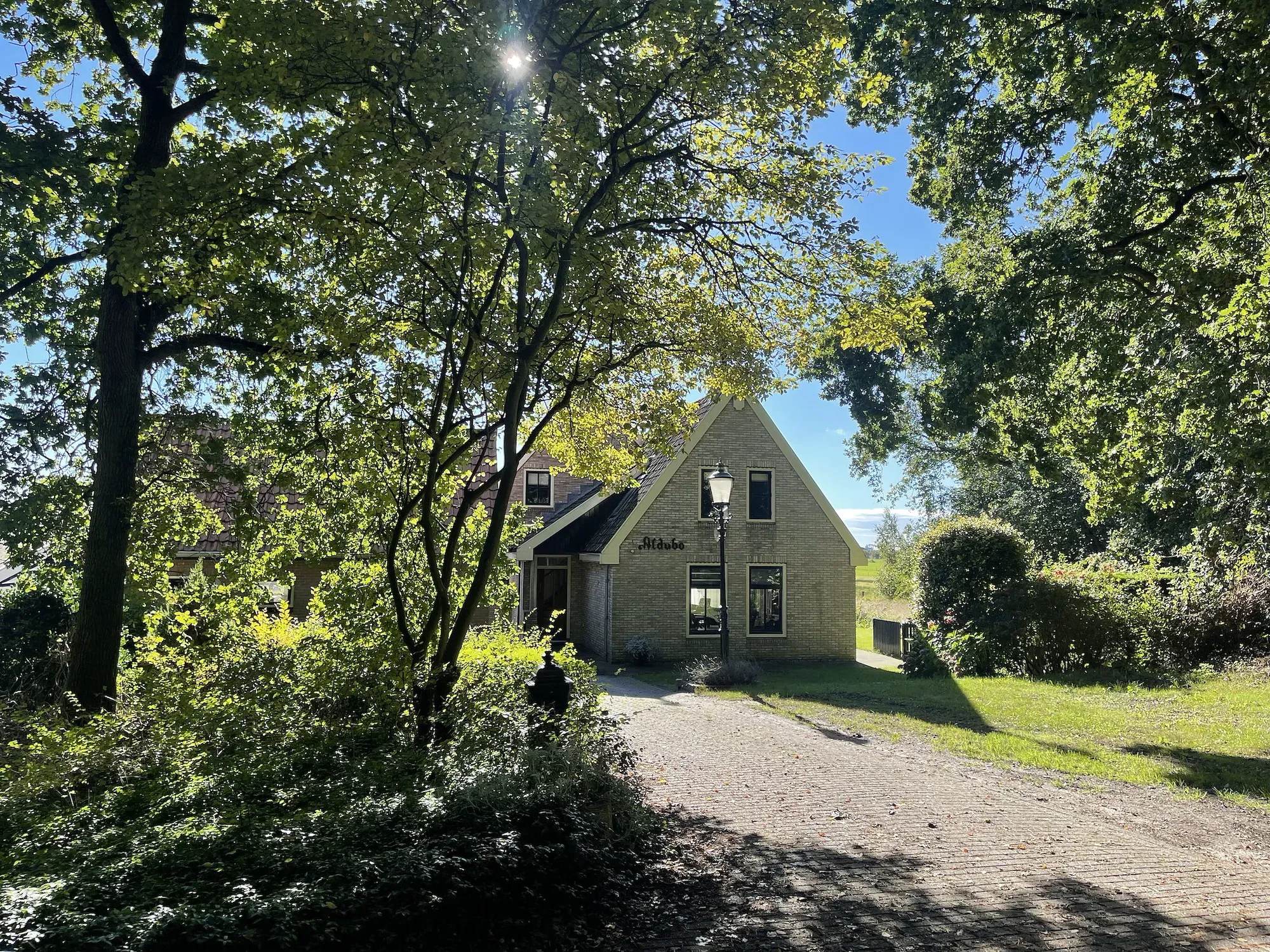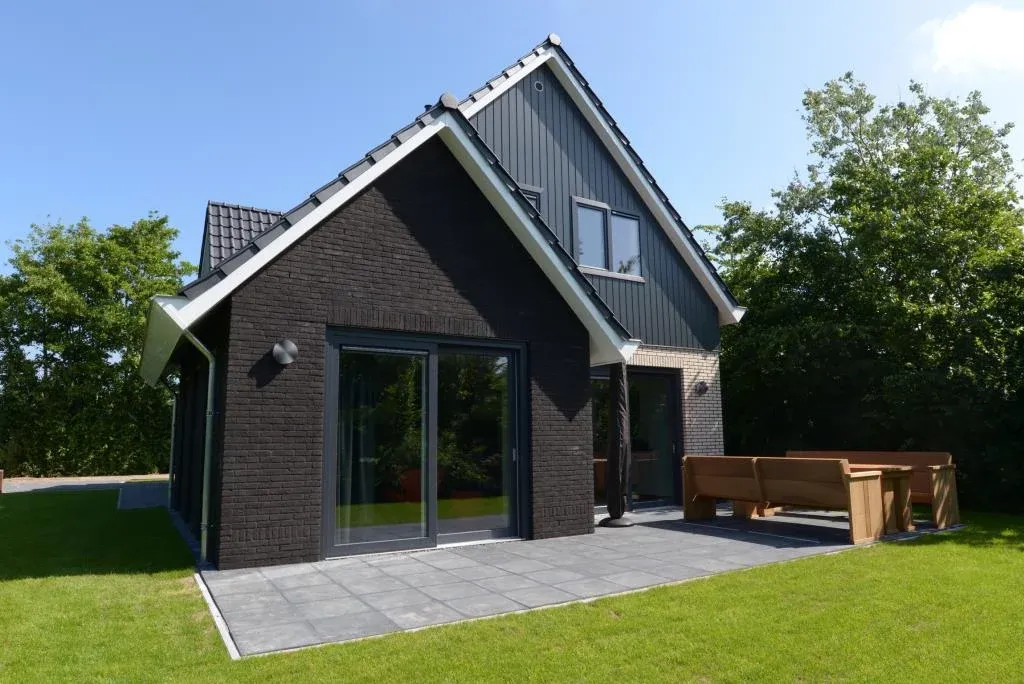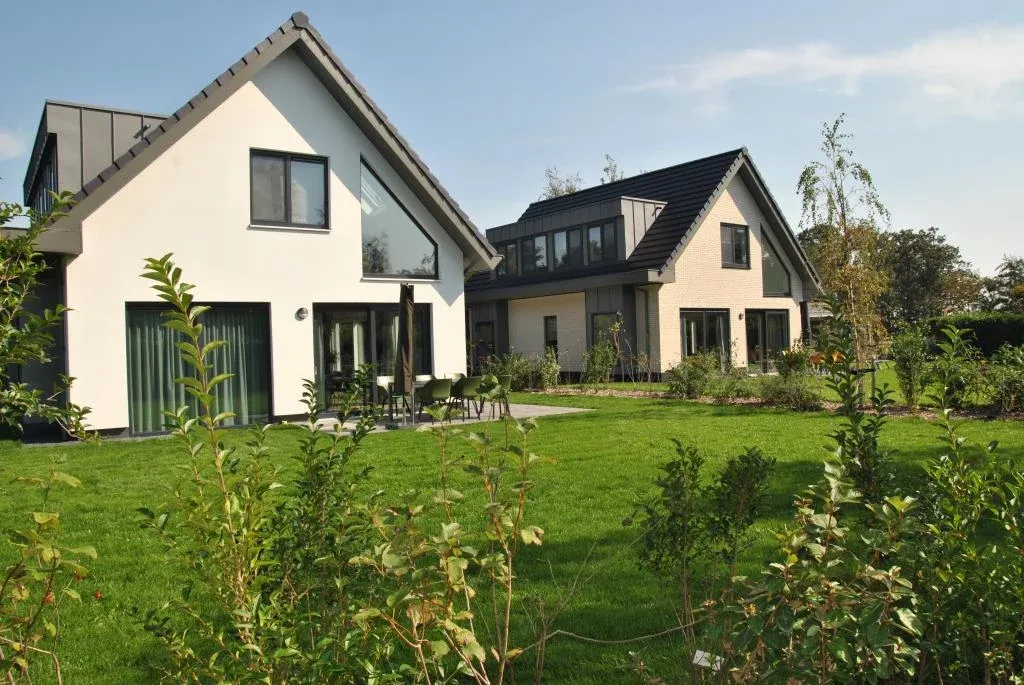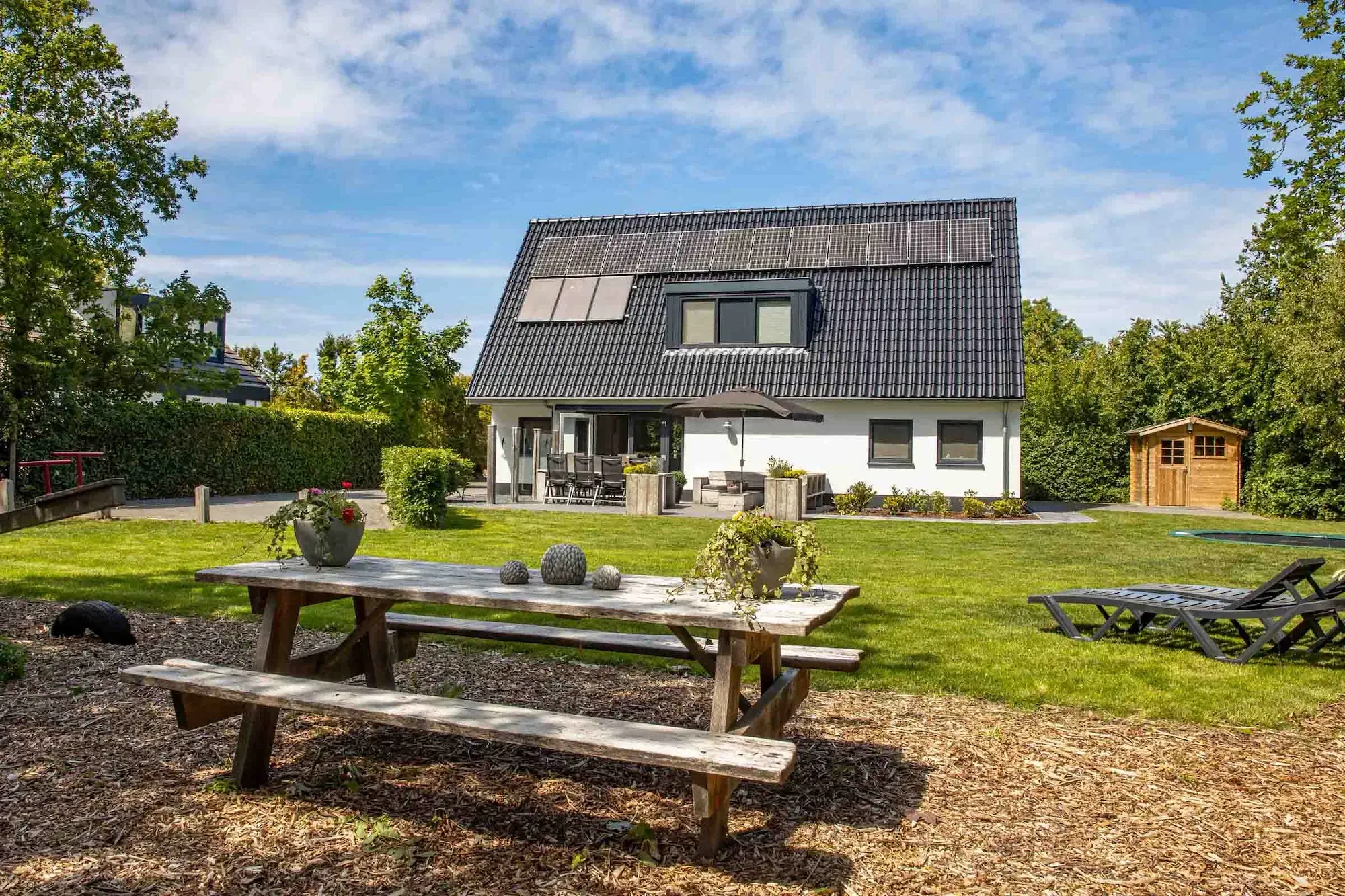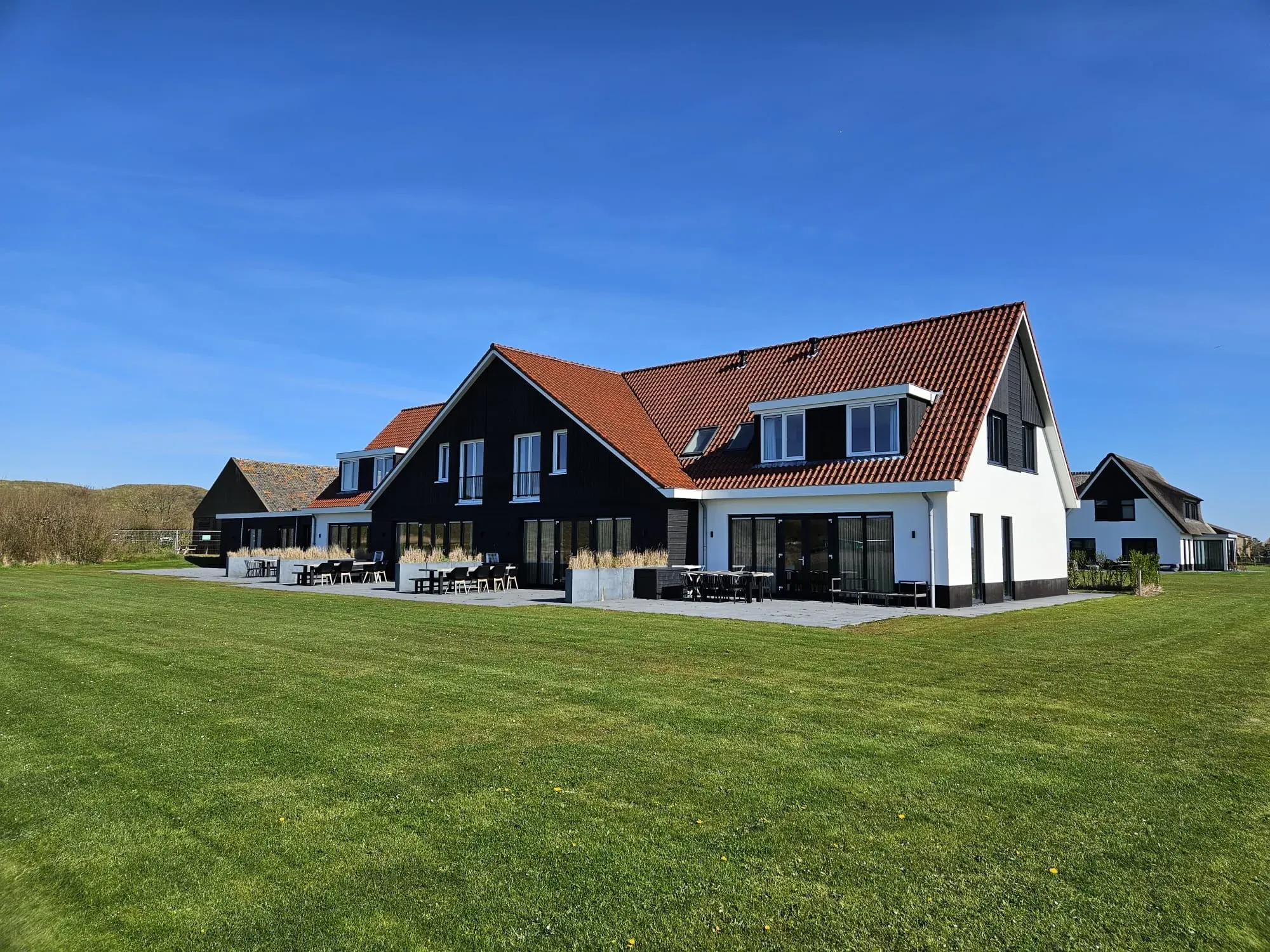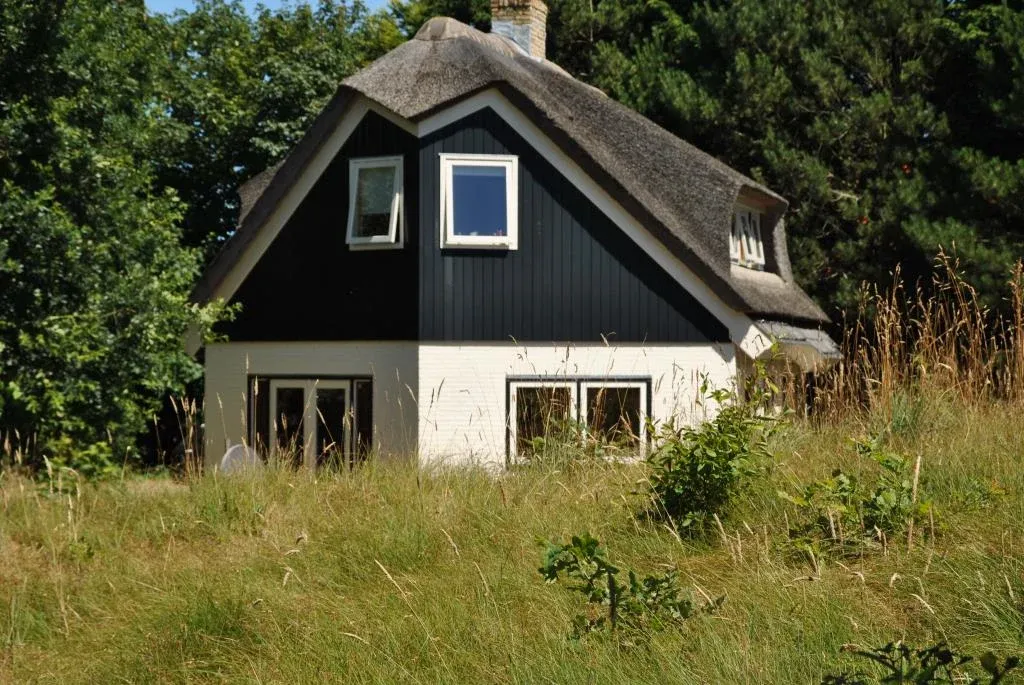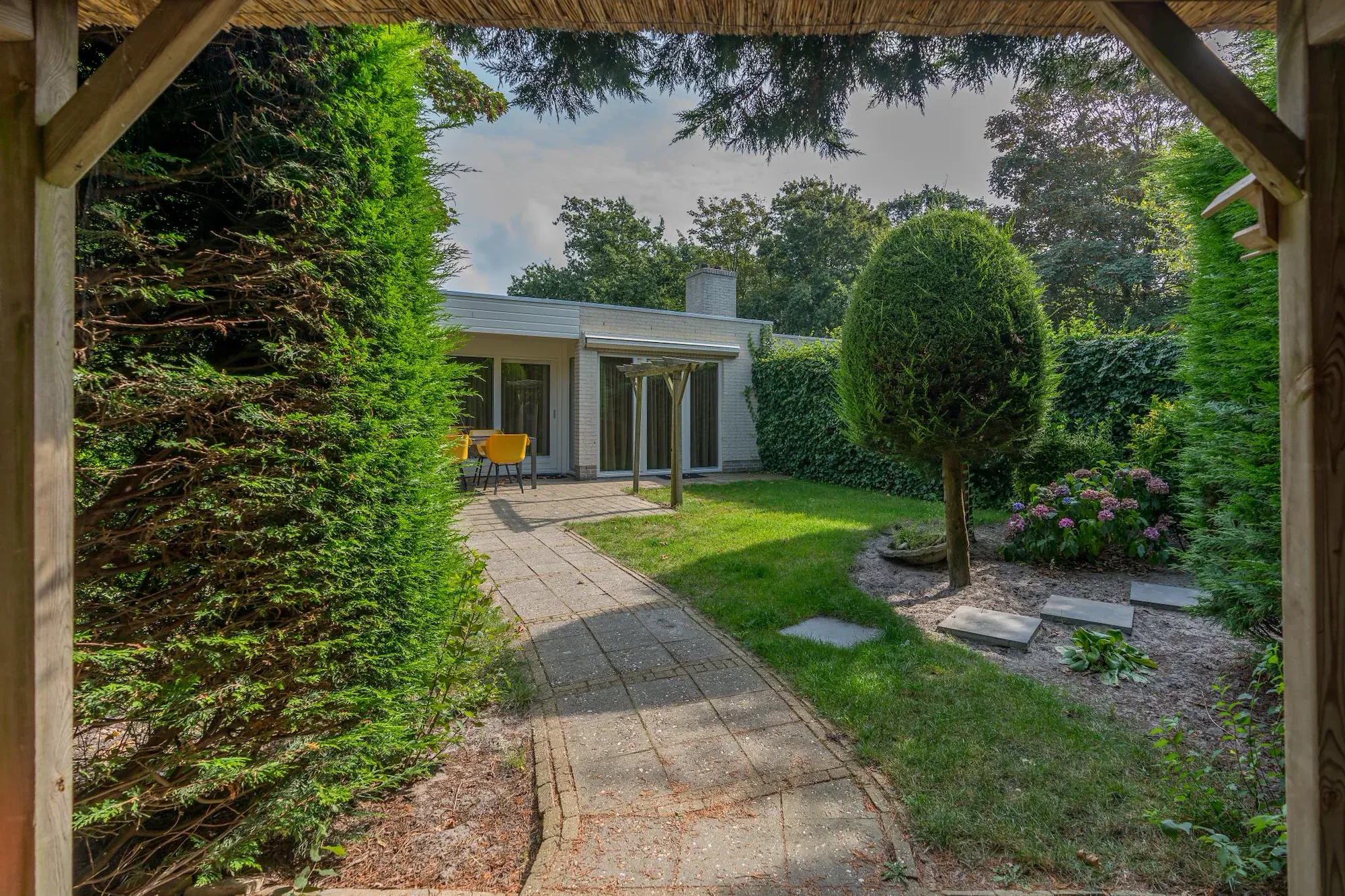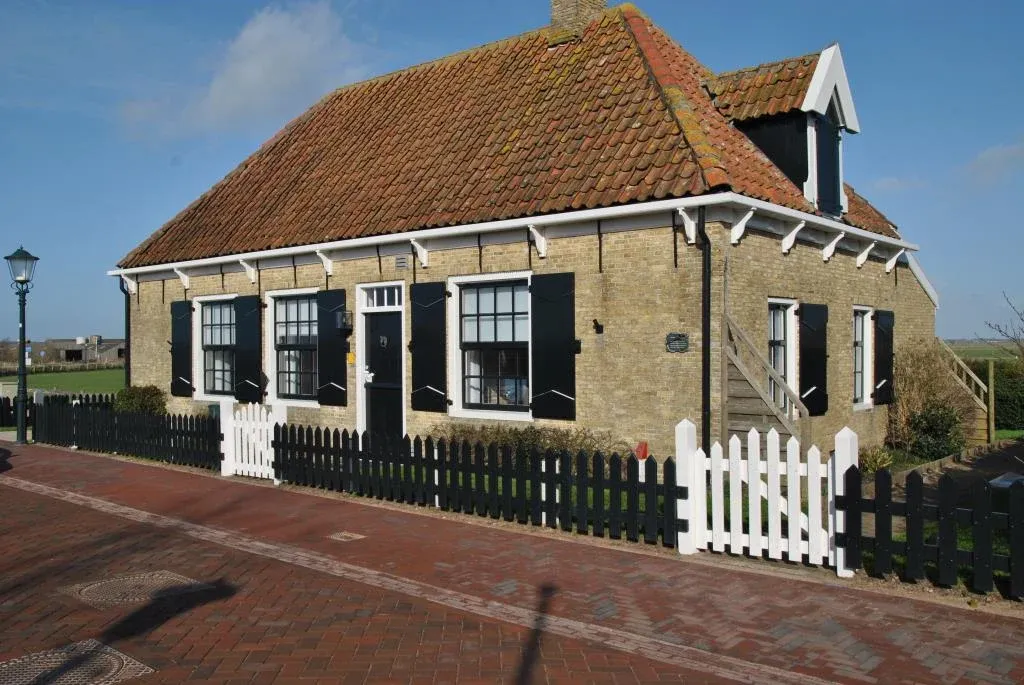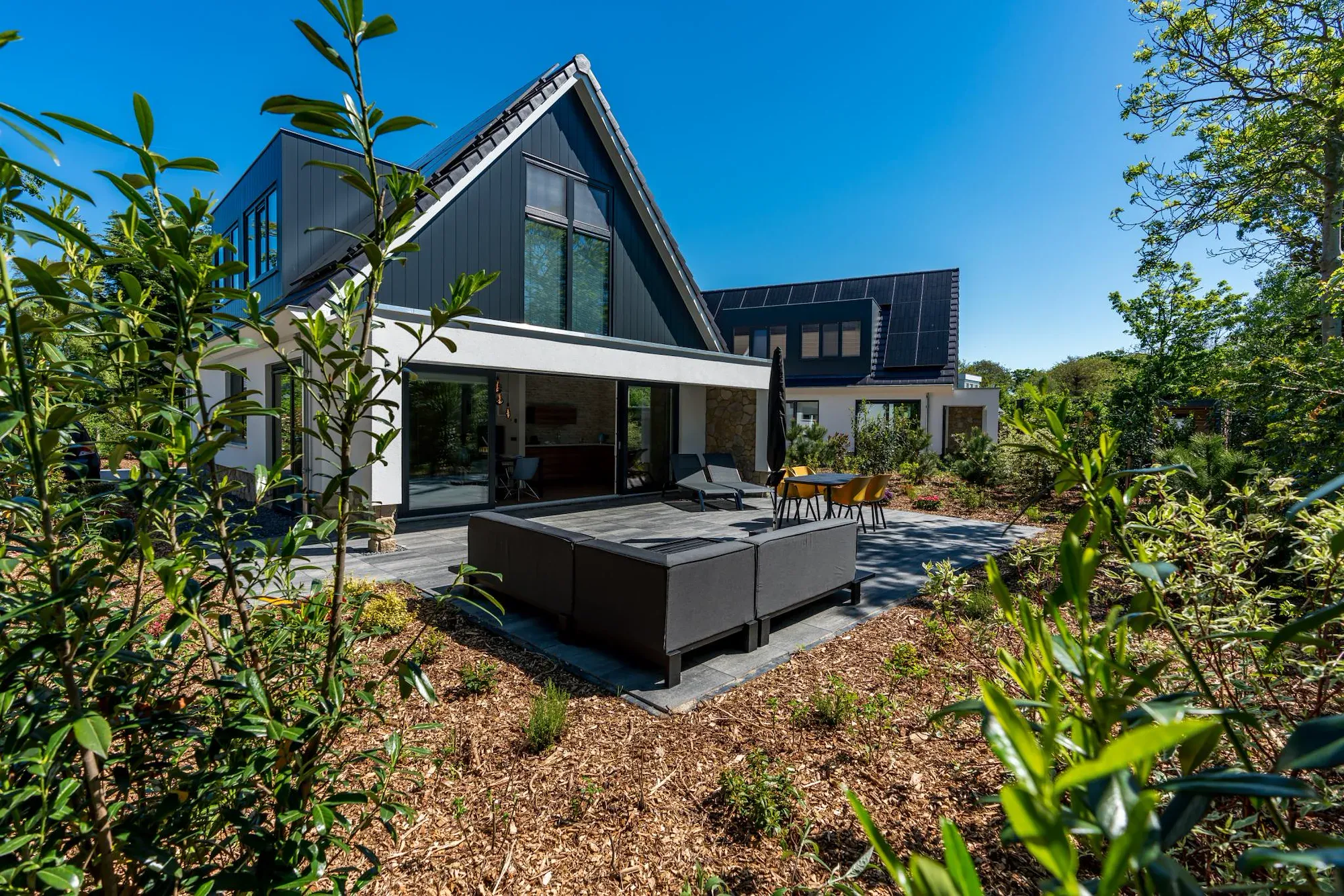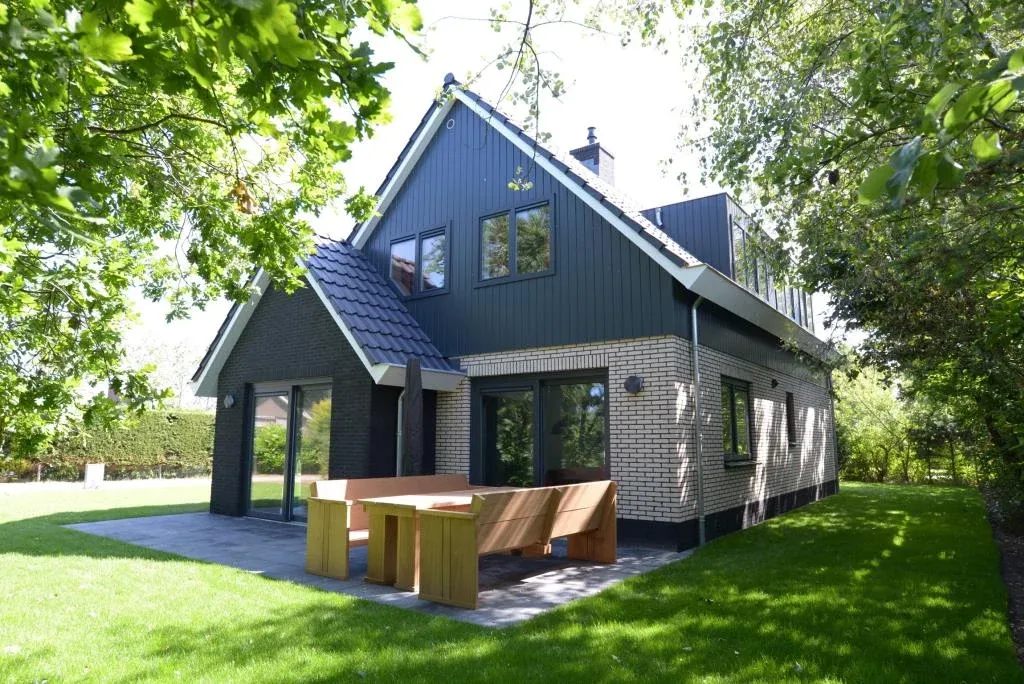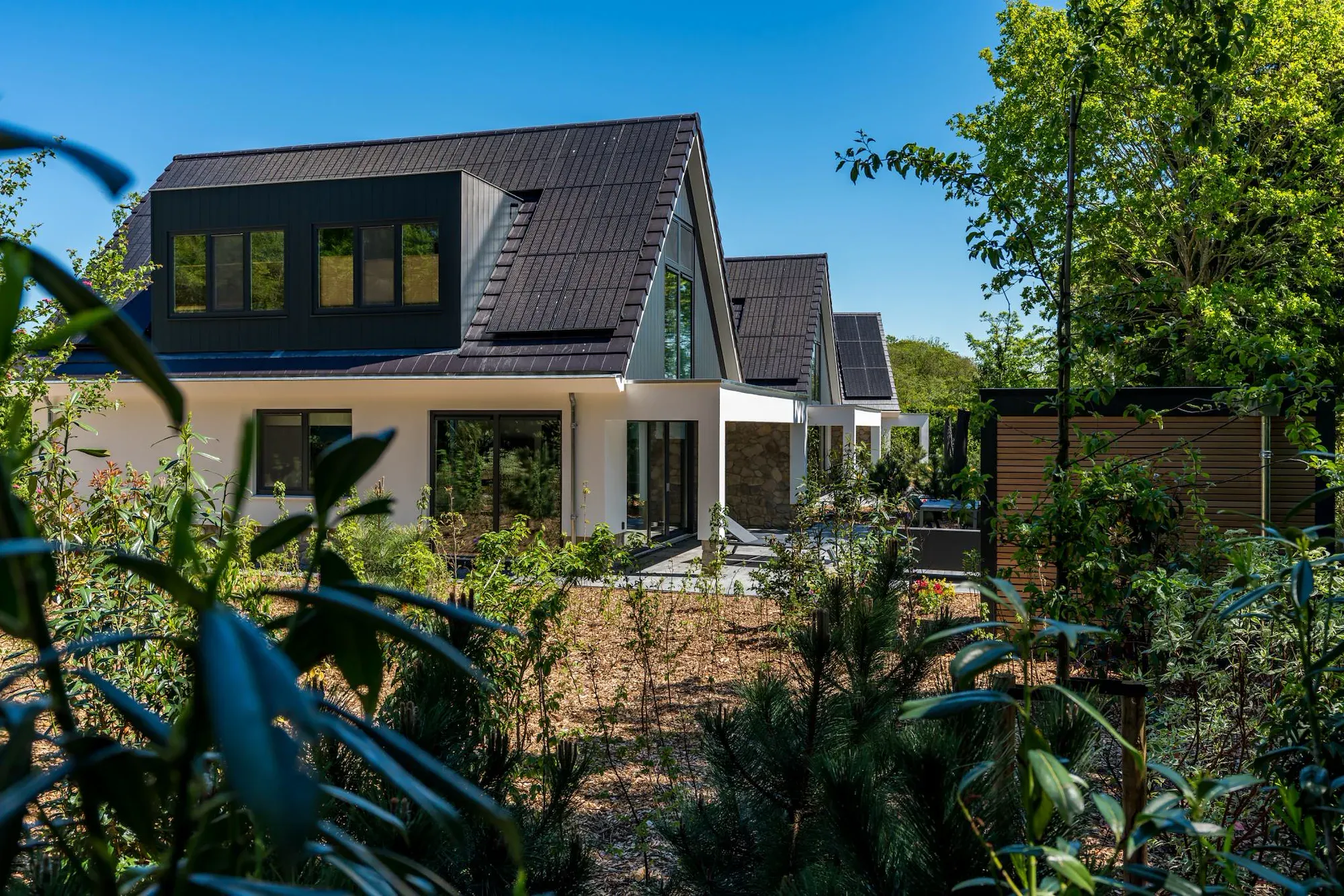WWII on Texel: A forgotten history
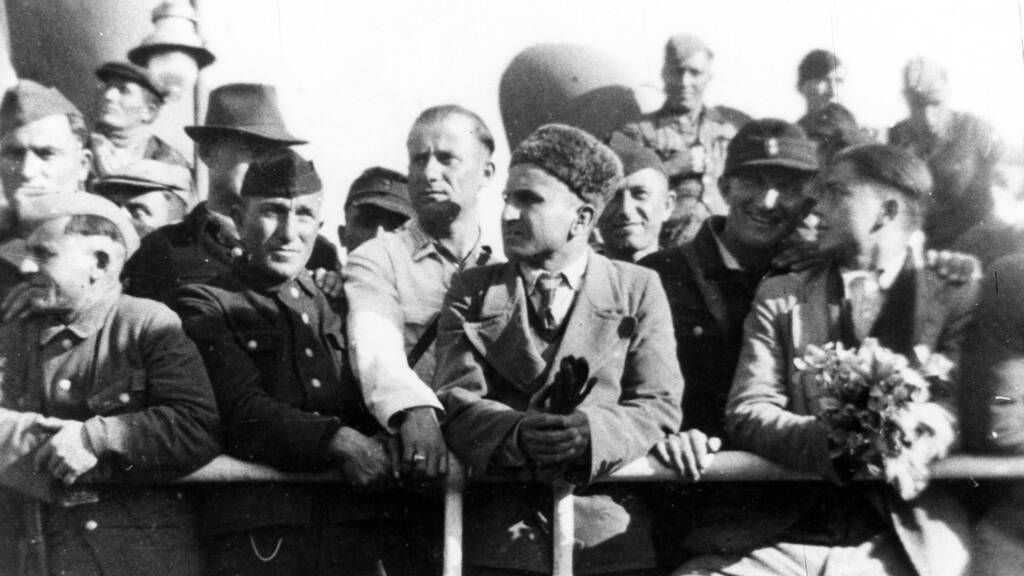
Texel may be best known as an island of peace, nature, and vast beaches, but if you look closely, you’ll discover another side of the island: a place where history has left deep marks. During World War II, Texel became a strategic point in the Atlantic Wall, Nazi Germany’s coastal defense line. Today, many bunkers remain hidden among the dunes and forests—silent witnesses to a turbulent past. But there’s one story that truly makes Texel unique: the Georgian Uprising, also called the ‘Russian War’.
The Atlantic Wall: Texel as a defensive post
During the war, the Germans built a defensive line along the entire western European coast, and Texel played an important role in it. The island was filled with bunkers, gun emplacements, and underground shelters. Especially near De Hors, De Koog, and Eierland, remnants can still be found. Some bunkers are hidden in the dunes, while others now serve as historical monuments. Visitors can, for example, explore the remains in the nature reserve De Mokbaai, where several bunkers are still intact.
The Georgian Uprising: Europe’s last battlefield
What truly sets Texel apart in World War II history is the uprising of the Georgian battalion in April 1945. This unit consisted of about 800 Georgian soldiers who initially fought for the Germans but turned against their commanders in a desperate attempt to gain freedom. What followed was a bloody battle lasting several weeks, resulting in hundreds of deaths—among both the Georgians and Texel’s residents.
The Germans responded with brutal force, and despite fierce resistance, the uprising was crushed. It wasn’t until the German surrender on May 20, 1945, that the fighting on Texel finally ended—over two weeks after the official liberation of the Netherlands. That’s why Texel is sometimes called ‘Europe’s last battlefield.’ You can read more about the Georgian Uprising in this moving article from the Texelse Courant.
Historical locations on Texel
Texel has several sites where the island’s wartime significance is still clearly visible:
- Texel Aviation and War Museum – Learn everything about Texel’s role in World War II and the dramatic Georgian Uprising.
- Bunkers at De Hors and Mokbaai – These abandoned concrete structures are still accessible and offer a striking impression of the German defenses.
- Georgian Cemetery Loladze – The final resting place of the Georgian soldiers who died in the uprising. A deeply moving site.
An unforgettable history
Though today Texel is mostly visited for its nature, beaches, and fine dining, its wartime past remains a vital chapter in the island’s story. The bunkers and tales of the Georgian Uprising remind us of the profound impact war can have—even on a small island in the Wadden Sea.
Are you interested in Texel’s history? Then be sure to visit one of these locations and uncover the stories that make this island so special. Who knows what else you might discover among Texel’s dunes and forests?
Did you learn something new about Texel? Or do you have a story that shouldn’t be missed? Let us know!



